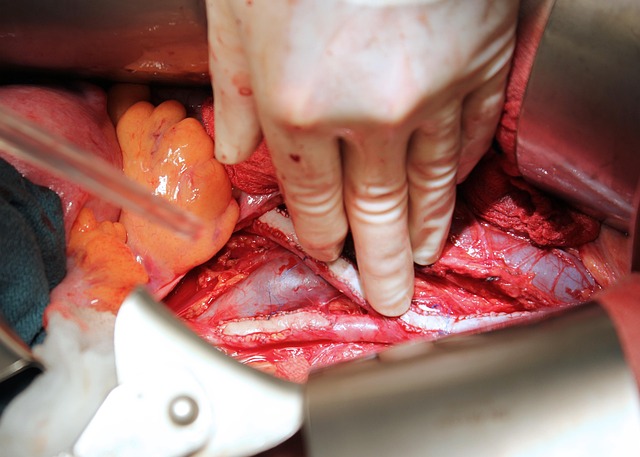The sea depths hide many sea creatures that have not yet been described. Every expedition into the depths of the ocean is an adventure that helps to discover the life that is hidden from us. Marine scientists aboard Schmidt Ocean Institute’s research vessel Falkor have identified likely new marine species and deep-sea organisms on nine seamounts that were explored for the first time in the remote Phoenix Islands Archipelago. In a 34-day expedition that ended today, scientists also conducted high-resolution seafloor mapping of more than 30,000 square kilometers and video exploration of five additional seamounts.
The expedition discovered many important data
“It has been very inspiring to help document the biodiversity of unexplored seamounts on the high seas and in U.S. waters, ”said the expedition Chief Scientist Dr. Randi Rotjan of Boston University. “We’re at the beginning of the UN Decade of Ocean Science for Sustainable Development, so now is the time to think about conservation broadly across all oceanscapes, and the maps, footage, and data we have collected will hopefully help to inform policy and management in decision making around new high seas protected areas. ”
During the expedition, there was a rare observation of a glass octopus. chmidt Ocean Institute’s underwater robot SuBastian also captured footage for the first time of a rare whale shark, a deep-water species that dates back millions of years and whose name comes from its length of more than 40 feet.
Team of scientists offered new insights into the no-take marine protected area, which includes the U.S. exclusive economic zone (EEZ) around the Howland and Baker islands. The expedition provided a more complete picture of the whole ecosystem of the region and how the habitats of the submarine mountains are connected.

Research of coral and sponge
Sea corals and sponges were mainly studied. A number of experiments were performed to find out how sea corals and sponges react to different microbial stimuli. The research team managed to create the largest collection of deep-sea microbial cultures from the Central Pacific Ocean.

New information help in modern medical research
The results of the experiments brought many important new findings. This knowledge will help in modern medical research in the field of cancer immunotherapies, drug delivery and improved vaccine efficacy.
“The Ocean holds wonders and promises we haven’t even imagined, much less discovered,” said Wendy Schmidt, co-founder of Schmidt Ocean Institute. “Expeditions like these teach us why we need to increase our efforts to restore and better understand marine ecosystems everywhere–because the great chain of life that begins in the ocean is critical for human health and wellbeing.”

“The coverage of this expedition was remarkable–we found changes in species across depth and geography around the Pacific equator and in the suite of organisms living on corals,” said Dr. Tim Shank, biologist at the Woods HoIe Oceanographic Institution. “Looking into these deep-sea communities has altered the way we think about how organisms live and interact on seamounts and how they maintain diversity of life in the deep ocean.”
“Working with scientists and local researchers, this expedition is a remarkable example of the frontiers of science and exploration that we are able to support,” said Dr. Jyotika Virmani, executive director of Schmidt Ocean Institute. “Live-streaming the dives gives us a glimpse of rarely seen and fascinating creatures such as the transparent glass octopus. By providing this platform to further the understanding of our ocean, we trigger the imagination while helping to push forward scientific insights and the protection of our underwater world.”
Gallery







Source & credit:
https://schmidtocean.org/scientists-explore-seamounts-in-phoenix-islands-archipelago-gaining-new-insights-into-deep-water-diversity-and-ecology/




